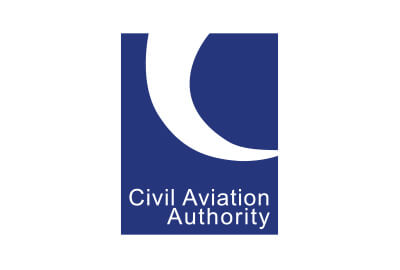Lightning Protection Design, Installation and Annual Inspection for Churches
Lightning and tall buildings do not always get on. And the taller the building, the more at risk they are. For centuries, the tallest buildings in Towns and Cities across Scotland were that of Churches which made them especially vulnerable to lightning strikes.
Lightning may look spectacular but it is also incredibly dangerous. A single bolt of lightning can unleash nearly 1 billion volts of electricity onto contact points. The damage it can cause to trees, buildings, bridges and electrical points is immense. A lightning strike to a church can cause structural damage to churches stonework causing masonry to come loose and fall. It can damage roofing and even cause fires. An electrical strike can also cause significant damage to electrical equipment within a building and while rare, lightning strikes do kill around 10 people per year in the UK.
Lighting Protection Systems
The solution to protecting churches from lightning strikes is fitting a lighting protection system. Comprised of a faraday cage system made up of a mesh of conductors laid at intervals across the roof, down the walls and grounded into the earth. Another method of lighting protection is what is known as a Franklin Rod which is a single pole mounted on the roof and is connected by a wire from the top of the spire to a stake in the ground.
By allowing lightning to strike a lighting protection system conductor, it takes the electrostatic discharge straight into the ground rather than passing through the building structure. Preventing any damage from taking place.
As a result of climate change, lightning strikes are increasing and in the UK, we now have lightning strikes in the winter as well as the summer and while most churches in the UK have lightning protection systems fitted, it is of paramount importance that they are maintained and inspected regularly. A lightning conductor on a church should be inspected at least every 4-5 years and tested in line with the Code of Practice for Earthing (BS7430:1998).
Find out more
Many people shrug off lightning protection risk assessment and lightning protection systems and products as they think they will never need them. However, lightning doesn’t need to strike twice to cause damage – just once. We don’t want any of our customer-base to suffer the damage and inconvenience by not taking the necessary steps and having a lightning protection system installed.
Balmore Specialist Contracts are trusted to supply and maintain lightning conductor systems in building across Glasgow, Edinburgh and further afield. This ensures the safety of the public, staff and buildings in full compliance with BS:EN 62305 standards, and that meets the criteria required for insurance purposes.
A well-designed lightning protection system gives security without affecting the appearance of a building as aesthetics are often of key importance. Wherever possible and practical, a suitable part of the structural framework will be utilised thus reducing visible impact and maintaining the integrity of the building.
Covering everything from Stonework to Leadwork, Cladding and Lightning Protection Systems, our team of restoration experts are fully trained, qualified and certified to offer you the very best in professional building restoration and repairs.
We utilise the latest in equipment including aerial drones for roof surveys and inspections to ‘at height’ specialist rope access equipment so that we can access and repair all areas of a building, regardless of how difficult they are to access.
If you would like to know more about our Lightning Protection System Installation and Scheduled Testing Services, please call us today on 0141 944 6100 or email sales@balmore-ltd.co.uk













